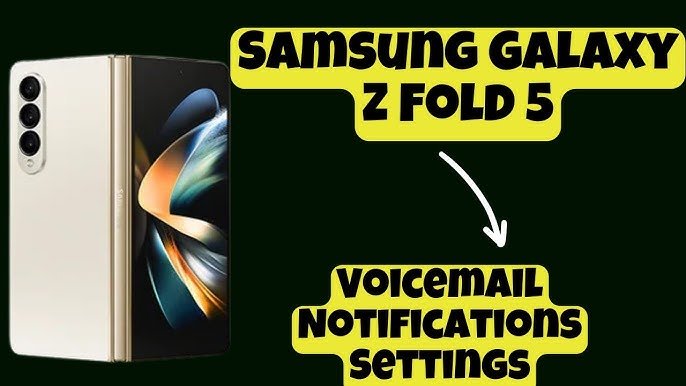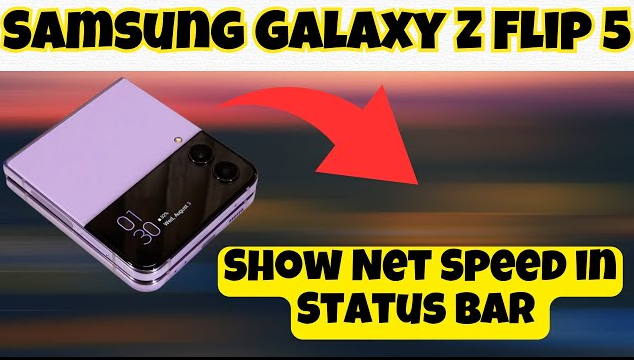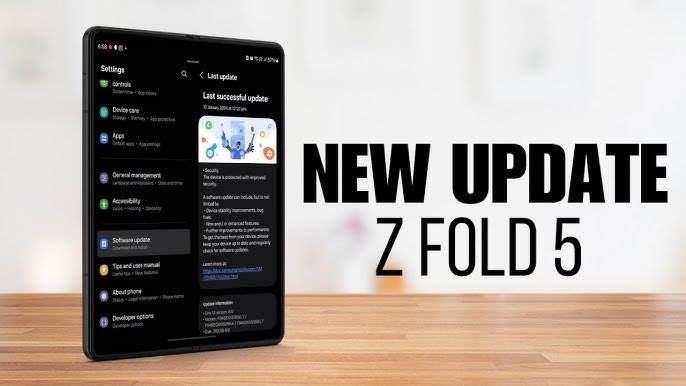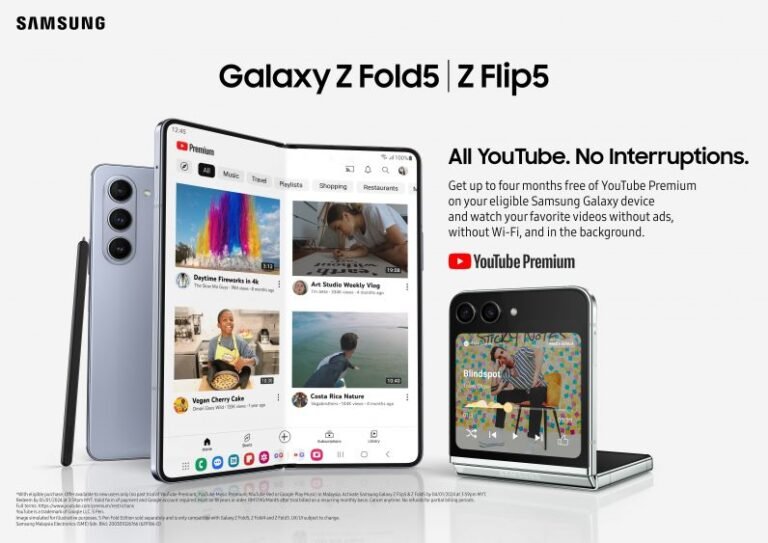How To Take Night Sky Photos With Samsung Galaxy Z Fold 5? + Pro Tips + Step-by-Step Guide
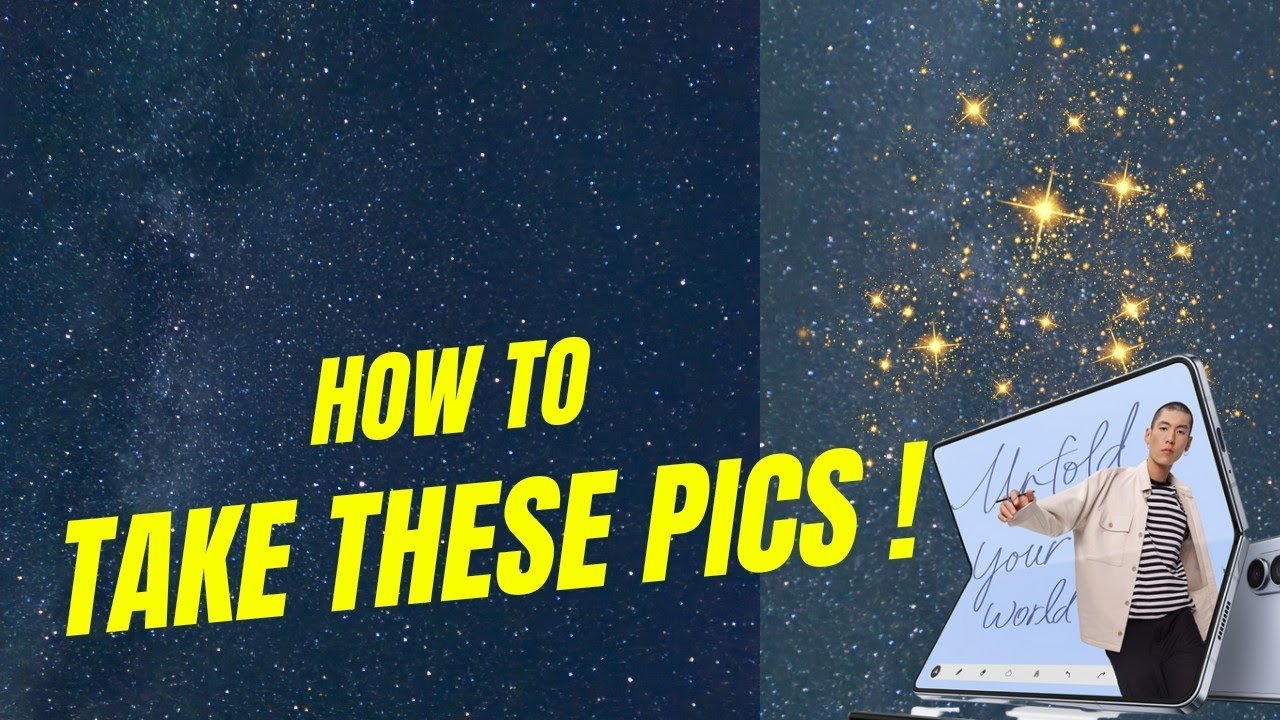
Introduction
Night sky photography is an art that captures the breathtaking beauty of celestial bodies, and with the Samsung Galaxy Z Fold 5, you have a powerful tool right in your hands. This guide will walk you through everything from the best settings to pro tips for capturing stunning night sky shots.
Understanding Your Samsung Galaxy Z Fold 5 Camera
Camera Specs Overview
The Samsung Galaxy Z Fold 5 boasts an advanced triple-camera system featuring:
- 50MP Main Sensor: Ideal for capturing detailed night shots.
- Ultra-Wide Lens: Great for expansive sky images.
- Telephoto Lens: Useful for zooming in on celestial objects.
Best Features for Astrophotography
- Night Mode: enhances details in low-light conditions.
- Pro Mode: allows manual control over settings.
- AI-Based Optimization: Automatically enhances night shots.
Essential Gear for Night Sky Photography
To elevate your night sky photography, consider these accessories:
- Sturdy Tripod: Prevents camera shake for clear images.
- Remote Shutter Release: Avoids hand movement when capturing shots.
- Portable Light Source: Helps illuminate foreground elements.
- External Lenses: Enhance zoom and image clarity.
Best Camera Settings for Night Photography
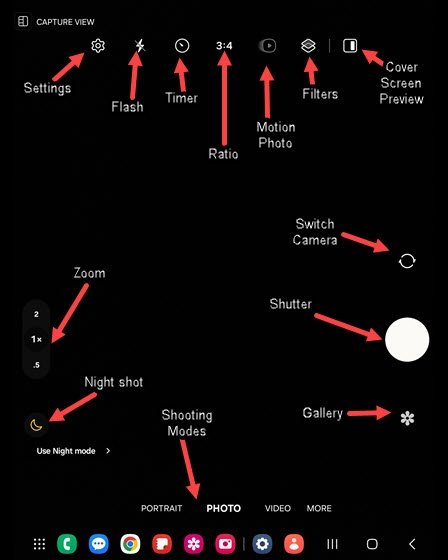
ISO
- Start with ISO 800 and adjust as needed.
- Higher ISO captures more light but may introduce noise.
Shutter Speed
- Use 10-20 seconds for stars and 30+ seconds for star trails.
Focus Mode
- Set to Manual Focus to ensure sharp stars.
- Use Infinity Focus for best clarity.
White Balance
- Set to 4000K-5000K for natural-looking night sky colors.
Choosing the Right Location
- National parks and rural areas offer the best views.
- Use apps like Dark Sky Finder to locate dark-sky areas.
Weather Conditions for Night Photography
- Clear skies are essential for star visibility.
- Check AccuWeather or Clear Outside for forecasts.
Composing the Perfect Shot
- Use the rule of thirds for a balanced composition.
- Incorporate foreground elements like trees or mountains for depth.
Focusing on Low Light
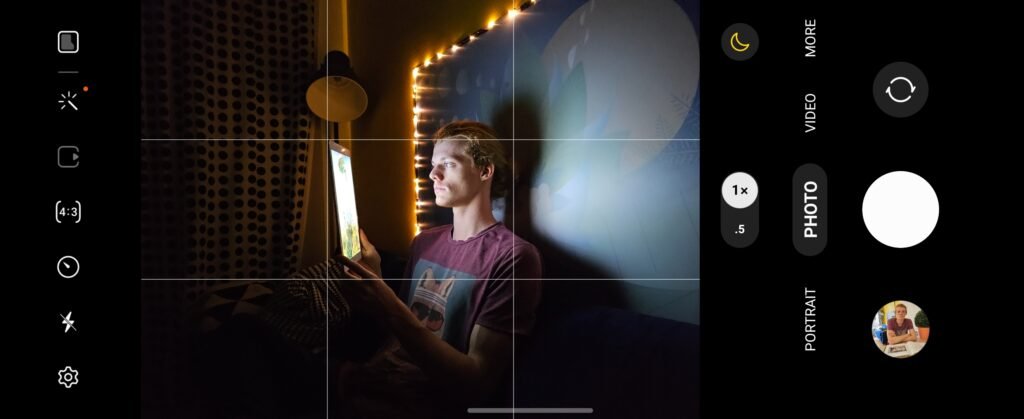
- Use Manual Focus and enable Focus Peaking.
- Zoom in on a bright star and adjust the focus accordingly.
Using Pro Mode for Maximum Control
- Adjust shutter speed, ISO, and focus manually.
- Shoot in RAW format for better post-processing.
Editing and Post-Processing
- Use apps like Adobe Lightroom or Snapseed.
- Adjust brightness, contrast, and color balance for stunning results.
Experimenting with Different Techniques
- Long Exposure: Captures more light for brighter stars.
- Star Trails: requires stacking multiple long exposure shots.
- Milky Way Photography: Best done during new moon nights.
Avoiding Common Mistakes
- Blurry Images: Use a tripod and remote shutter.
- Overexposure: lower ISO and reduce shutter speed.
- Camera Shake: Always use a steady surface or tripod.
Sharing and Showcasing Your Work
- Post on Instagram, Flickr, or 500px for exposure.
- Print your photos for personal or gallery display.
FAQs
1. Can I take Milky Way photos with the Samsung Galaxy Z Fold 5?
Yes! Use Pro Mode, set ISO to 1600+, and use long exposure for best results.
2. What’s the best time to shoot night sky photos?
The new moon phase offers the darkest skies for the best visibility.
3. Do I need additional lenses for night photography?
While the built-in lenses are great, clip-on lenses can enhance clarity and zoom.
4. How do I prevent noise in my night shots?
Use lower ISO settings and apply noise reduction in editing apps.
5. Why are my stars appearing as streaks?
The Earth’s rotation will cause star trails if your shutter speed is too long.
6. Can I capture meteor showers with my phone?
Yes! Use burst mode or long exposure to increase your chances of capturing meteors.
Conclusion
With the Samsung Galaxy Z Fold 5, night sky photography is more accessible than ever. By mastering the right settings, using essential gear, and experimenting with different techniques, you can capture breathtaking images of the cosmos. Get out there, start shooting, and share your stunning astrophotography with the world!
